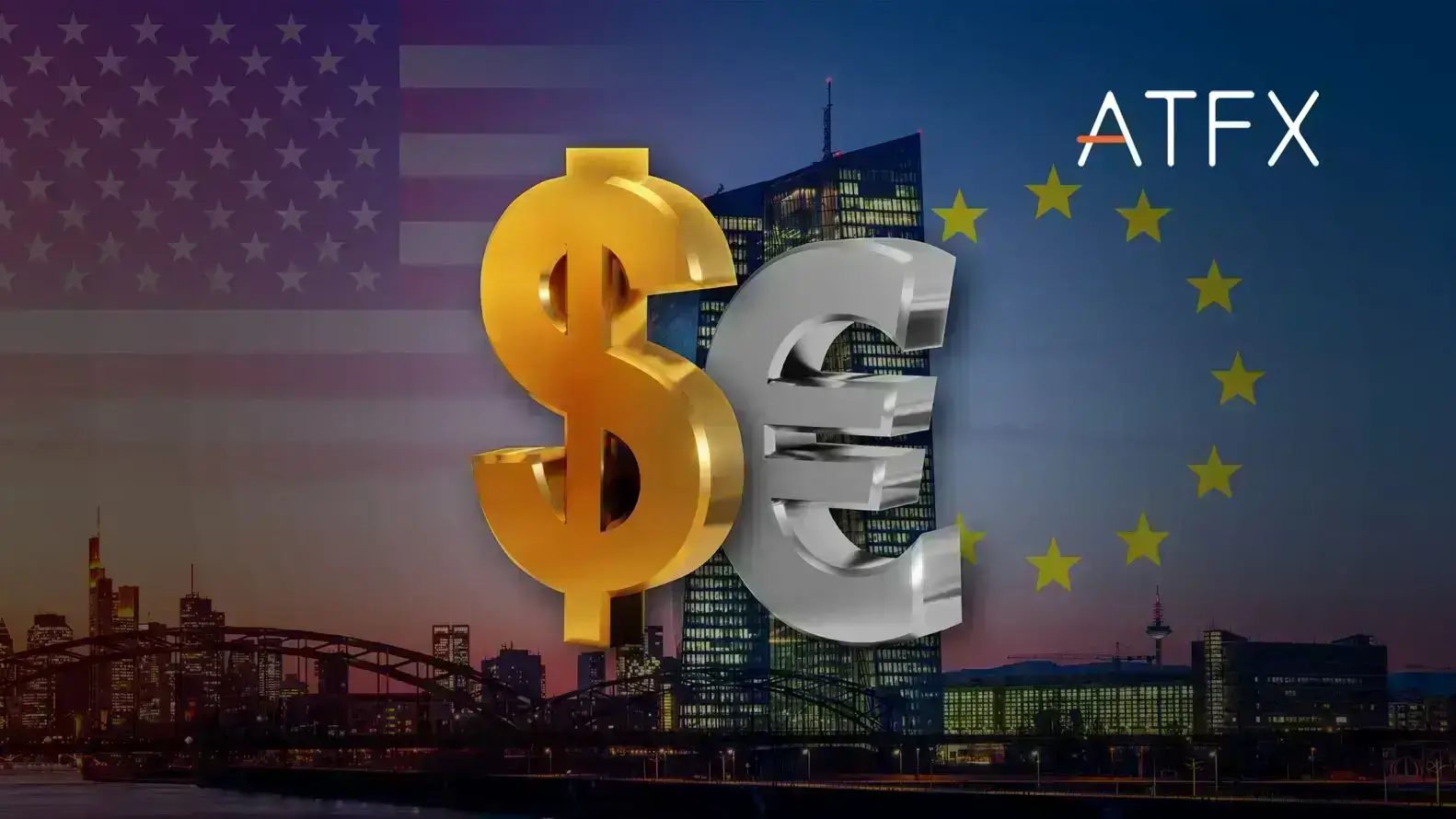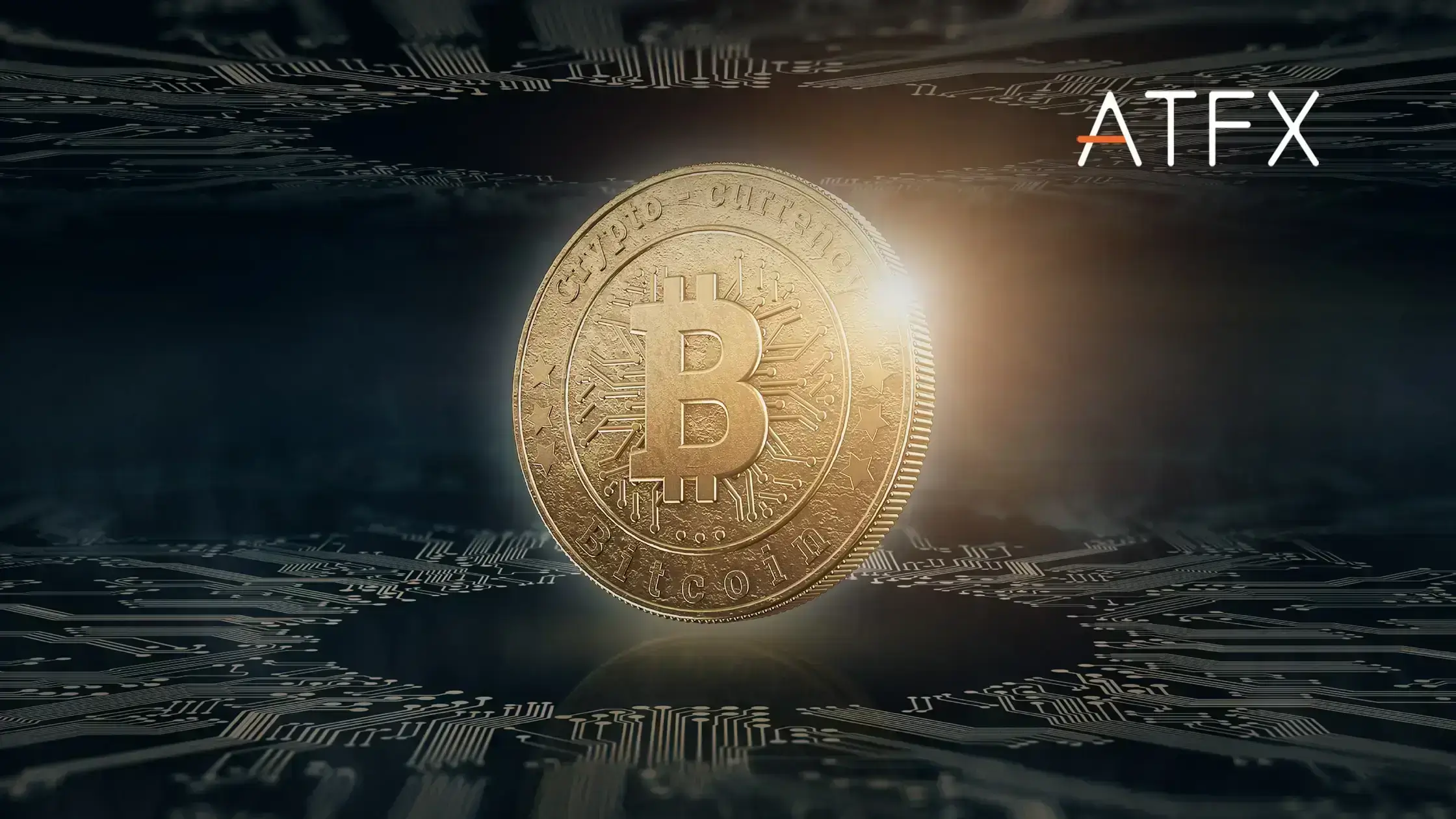USD/MXN – The Mexican Peso had shown great strength against its base currency (US dollar) throughout the week, attaining its climax point yesterday. This follows the decision of the Bank of Mexico to hike its interest rate by 75 basis points. The increment was the country’s highest interest rate hike ever since 2008, when she imbibed the practice of intermittent interest rate hikes to match other countries’ currency values. This aggressive stance was taken after the Mexican inflation rate hit 7.88% last week, exceeding the BdeM target of 3%.
Consequently, the board members unanimously decided to hike its interest rate by 0.75%, bringing it to 7.75%. Furthermore, policymakers pledge readiness to extend its interest rate by as much next month if the present hike does not achieve the target of reducing inflation.
As expected, the bears have dominated the USDMXN pair throughout the week. Thus, USDMXN, which started the new week on Monday at $20.37100, is trading at $19.17100 during the Asian session today. This means the pair have lost a whopping 1200 pips this week alone.
How do fundamentals affect the Base and Counter currencies?
The base currency for USD/MXN is USD, while the counter currency is MXN.
Each currency pair is always affected by the economic news bordering on the two currency pairs.
Whenever positive news favouring the base currency (USD) circulates, it will push the pair (USDMXN) to turn bullish. This means good information for the US dollar will negatively discount the counter currency.
In cases when news is positive for the counter currency, such as the Mexican Peso (MXN), the exchange rate of the base currency, in turn, is discounted, such as the USDMXN above. This explains why the recent interest rate hike for the Mexican Peso, positive news for this currency, has led to the definite bearish trend witnessed in USDMXN throughout the week.
Forex traders must pay great attention to economic data impacting two traded currency pairs (Base and Counter currency). The rationale is that both currencies are combined to determine the trend for such currency pairs.
How does an interest rate hike impact a country’s currency?
An interest rate hike is an essential central bank’s monetary policy that strengthens the country’s currency against its counterparts. An excessive interest rate hike makes it challenging to borrow money for companies and individuals, which could increase the unemployment rate and affect economic activities in the long term.


